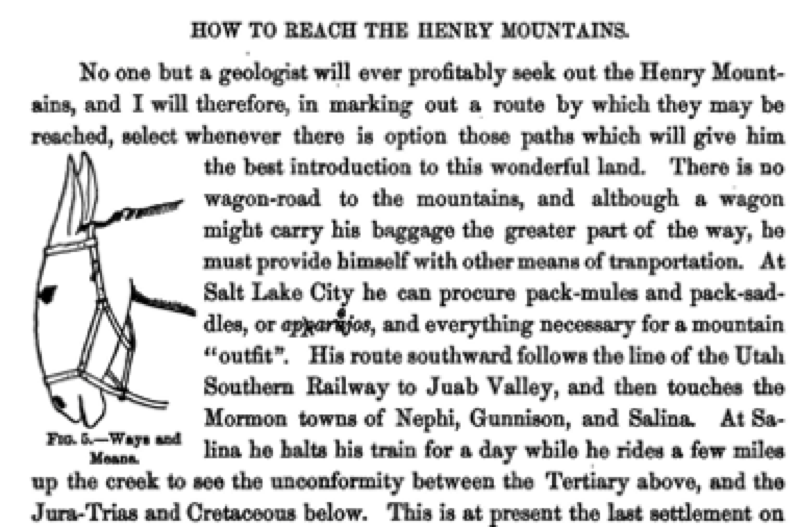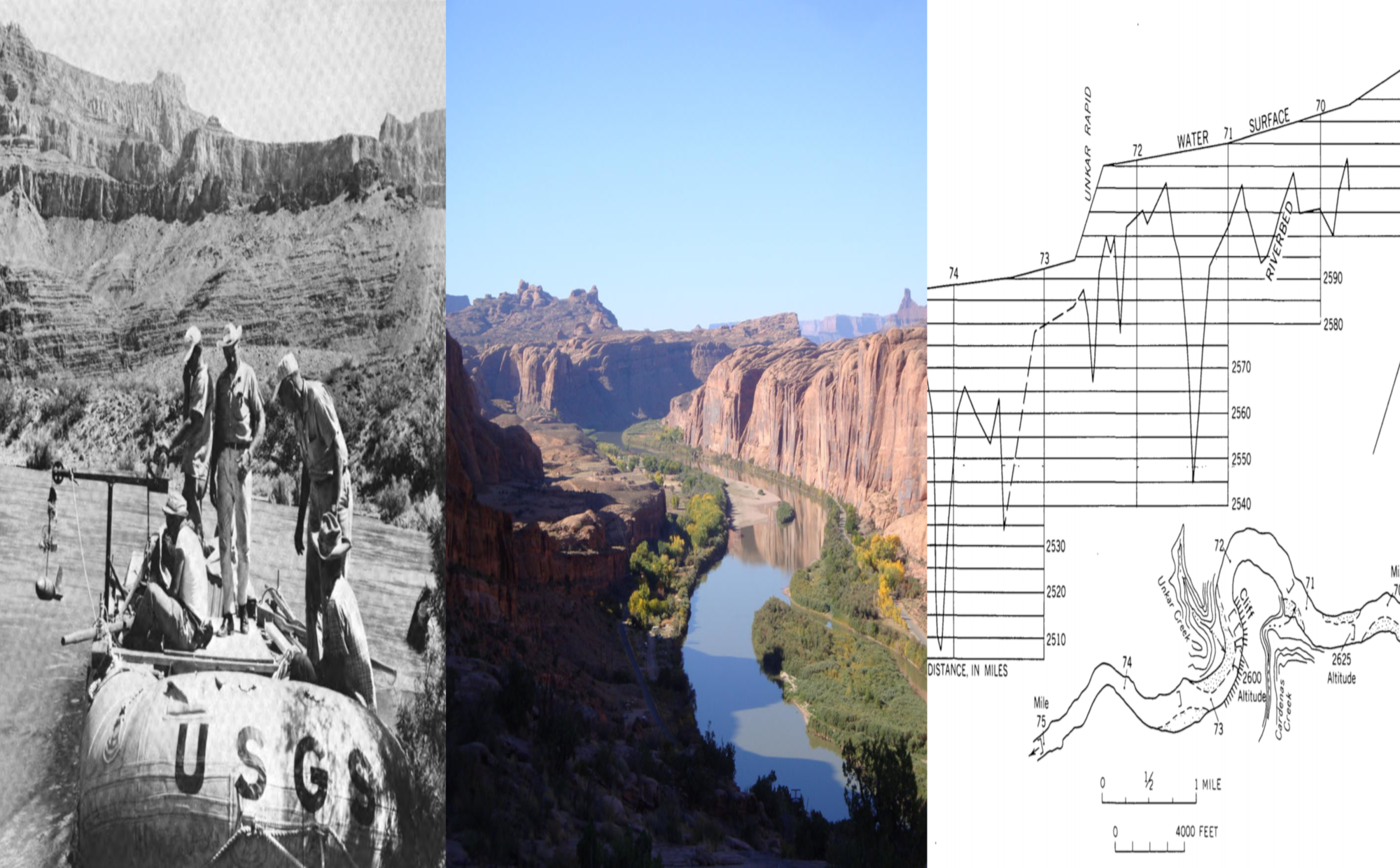The Fall Meeting of the American Geophysical Society is a gargantuan affair that brings upwards of 25,000 earth and environmental scientists together for a week of presentations and conversations. The only way to make a meeting on this massive scale manageable is to divide it into smaller slices. In fact, one of the first decisions I faced when I arrived at the Moscone Center in San Francisco for the AGU’s 100th anniversary meeting in December was which of those slices I wanted to belong to. In the lobby of one of the conference buildings was a selection of lanyards for attaching nametags, colored according to broad categories of research in the earth sciences.
After a moment of deliberation (should I declare my allegiance to the social sciences?), I chose yellow, the designated color for geomorphology and hydrology. And throughout the meeting, I kept finding myself in rooms full of yellow lanyards, with only a speckling of blue, green, and other colors. In other rooms, scientists with those differently colored lanyards were probably having fascinating conversations about meteorology, climate science, the solar system, geophysics, and many other topics. But I didn’t hear those conversations. At the slice of the AGU that I was able to sample, the conversations were instead about sediment transport, landslides, river avulsion, landscape evolution, weathering, and so forth. For the moment, these were my people and my topics.
The sense of being part of a conference-within-a-conference was intensified on Saturday when I attended the so-called Gilbert Club at the Lawrence Hall of Science in the Berkeley hills. Not officially part of the AGU conference, the Gilbert Club — named for the pioneering US geomorphologist Grove Karl Gilbert — has been meeting annually in association with AGU since 1983, when a handful of quantitatively minded geomorphologists gathered at Berkeley geomorphologist Bill Dietrich’s home. Gilbert Club has since evolved into a field-shaping institution that convenes hundreds of geomorphologists each year to learn about the field’s latest research results and debate its future while reconnecting with old friends and colleagues. The day-long meeting begins with a round of introductions in which each of the hundreds of attendees states their name, affiliation, and any announcement they want to make, and it ends with an extended evening of pizza and beer.
This year’s Gilbert Club was punctuated by the presentation of a cake to Dietrich in thanks for his decades of service to the international community of geomorphologists. Tellingly, the cake was topped by a cutout of a mule being ridden by a Dietrich-shaped silhouette. In her speech presenting the cake to Dietrich, Dorothy Merritts — a geomorphologist at Franklin and Marshall College who is the outgoing president of AGU’s section on Earth and Planetary Surface Processes — told the audience that the cutout was a reference to Figure 15 of Gilbert’s influential 1877 Report on the Geology of the Henry Mountains. Captioned “Ways and Means,” the figure is an almost childish sketch of a mule’s head. For Gilbert, the sketch was a playful gesture toward the practical demands of field research in the late-nineteenth-century United States. For Merritts and the other geomorphologists honoring Dietrich, it was a reminder that Gilbert Club itself had become one of the important “ways and means” for twenty-first century geomorphologists to do their work.

Two things jump out in retrospect. First, appropriately for the AGU’s 100th anniversary meeting, today’s geomorphologists seem deeply interested in their field’s past even as they express uncertainty about the relevance of that past for shaping the field’s future. In the three-minute “pop-up” presentations that concluded the formal portion of this year’s Gilbert Club, a number of speakers challenged the audience to think harder about geomorphology’s lack of diversity and to take a more critical stance toward its social role, including its responsibility to indigenous communities in settler-colonial societies such as the United States and Canada. What relevance historical figures such as Gilbert still have for a science seeking to become more inclusive and more just remained an open question.
Second, the identity of geomorphology as a distinctive field of scientific research probably lies more in institutions such as Gilbert Club than it does in the development of any specific theory or method of research. This is not to says that theories and methods are irrelevant; it is clear that one of the things that binds Gilbert Club attendees together is their shared interest in using quantitative data to develop precise physical and mathematical models of geomorphological processes. (This is what makes them into an “epistemic community,” as some political scientists and STS scholars call it.) But what keeps people coming back each year — what keeps people thinking of themselves as geomorphologists — is not those epistemic commonalities alone. It is also the sense of being a member of a community bound together, if also sometimes divided by, certain experiences and values. Such experiences and values are as vital to the work of science as collecting data and developing models, and meetings such as the AGU and Gilbert Club are among the sites where they are created and contested.
